Necklace Fern (Asplenium flabellifolium), thriving on the bluestone-walled dry moat of a government building.
A native fern of southern Australia and New Zealand, this is the second colony on urban structure that we have identified and profiled in the Melbourne CBD. In both cases, the supporting substrate is bluestone retaining wall; in this case the joints between large, rusticated blocks appear to provide a substantial depth of unmortared space into which organic material has accumulated. As this is not a finely constructed and public-facing part of the building, it is likely that maintenance, weed removal and joint repairs have been sparsely undertaken over the life of the nineteenth century structure, allowing A. flabellifolium to establish spontaneously and then perpetuate.
The colony is north-facing but protected by the adjacent building, and includes some very robust individual plants. Tender Brake (Pteris tremula) is also established in several discrete positions on the same structure, along with what appears to be an incipient clump of Japanese Holly Fern (Cyrtomium falcatum), while opposite a small brace of Nephrolepis has established on the lower stone facade of the building itself.
Necklace fern is often found on remote rock outcrops, as well as in woodland and scrub situations. Most modern records within the metropolitan stem from outer suburban river valleys — the Plenty, the Yarra and the Maribyrnong. Yet a combination of appropriate substrate and material chemistry, environmental shelter and access to moisture from the retained earth surround, and a favourably lax maintenance regime have allowed this extremophile fern to thrive at the centre of colonial and modern government.
View Original Post on Instagram
Search for information about Asplenium flabellifolium in the Flora of Victoria
View information and occurrences of Asplenium flabellifolium on the Atlas of Living Australia

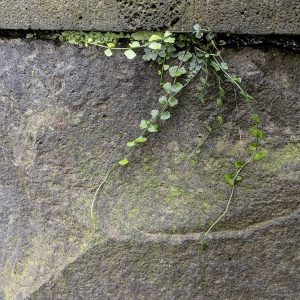
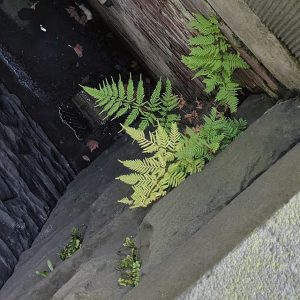
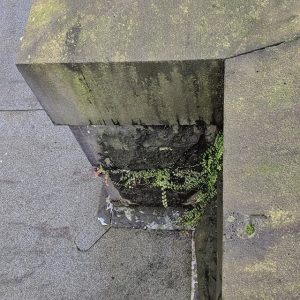
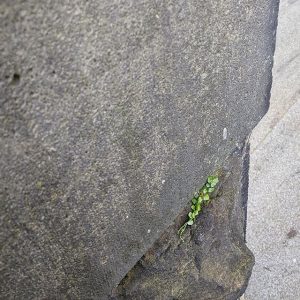
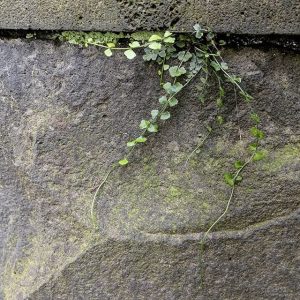
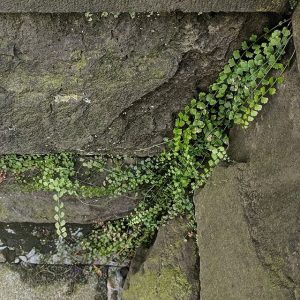
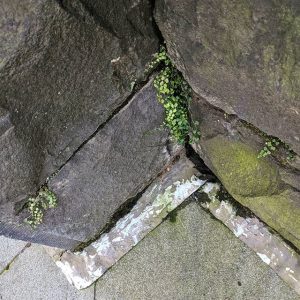

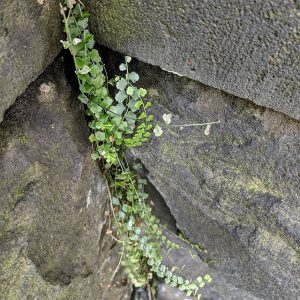
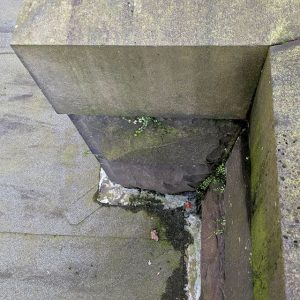
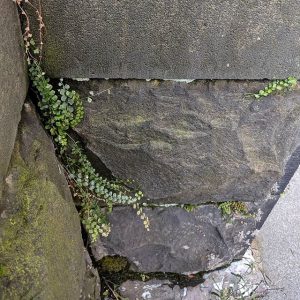
August 28, 2019 at 12:44 PM
Very disappointed to see this listed as a weed. As it is very slow growing and easily removed and not invasive.
August 29, 2019 at 10:34 PM
Hi Colleen, as acknowledged in the text, this is a native plant indigenous to the Melbourne area. It also, and quite fascinatingly, has succeeded in establishing as a weed on a number of bluestone structures in the CBD.
As you’ll read on the ‘About’ page, I use ‘weed’ amorally, and with its broadest definition, as a descriptor for plants growing where they are unwanted or not supposed to be. This definition absolutely does describe the growth habits and occurrences of some native and indigenous species, both those we like and those, like Coast Wattle and Sweet Pittosporum, that we would prefer to not see invading new environmental areas around the state. Saying ‘weed’ does not need to imply a negative judgment, and indeed in cases like this it is effectively a celebration of this delicate local fern’s capacity to recolonise the built environment.